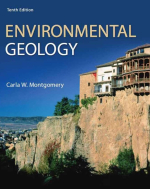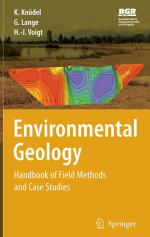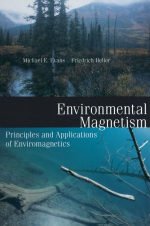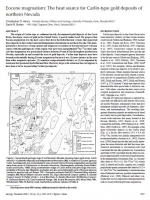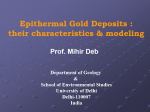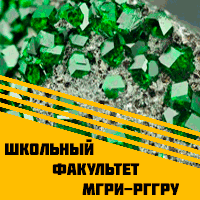Environmental magnetism is a relatively new science. It essentially grew out of numerous interdisciplinary studies involving sediments in British lakes, but soon expanded to include sediments in other natural archives that also retain records of past global changes. Prominent among these are marine sediments, windblown deposits on land, and the thin layer of soil covering much of the continents. The materials residing in these various settings are of two main types: one transported in from elsewhere, the other created in situ. Material flux takes place in the hydrosphere, the atmosphere, and the cryosphere, the most important agents being rivers, ocean currents, ground water, wind, rain, snow, glaciers, ice sheets, and icebergs. We will be looking at examples of all of these. <...>





